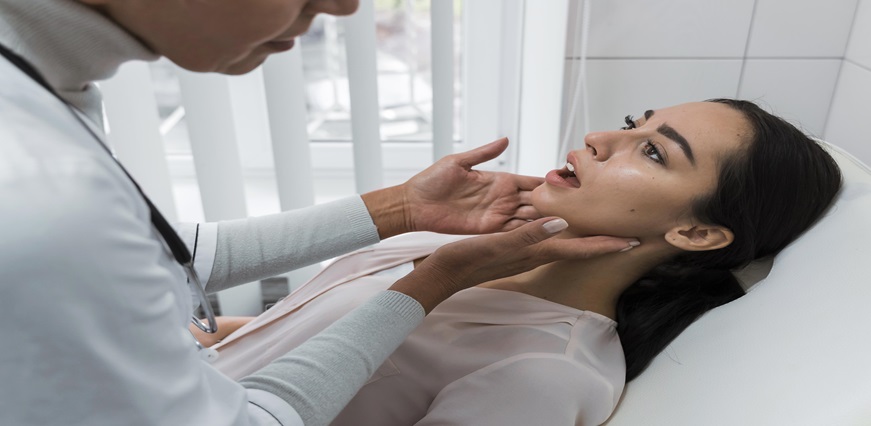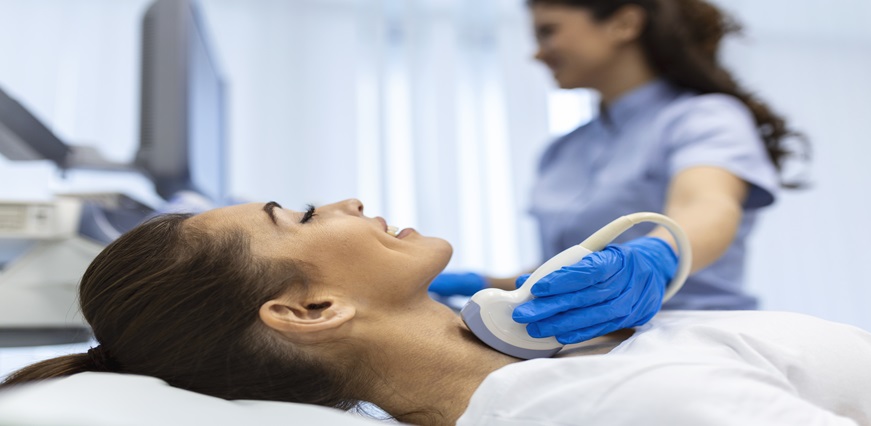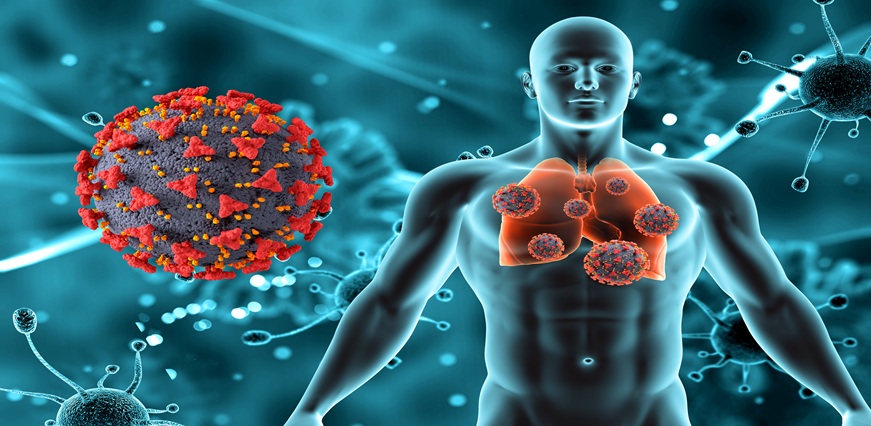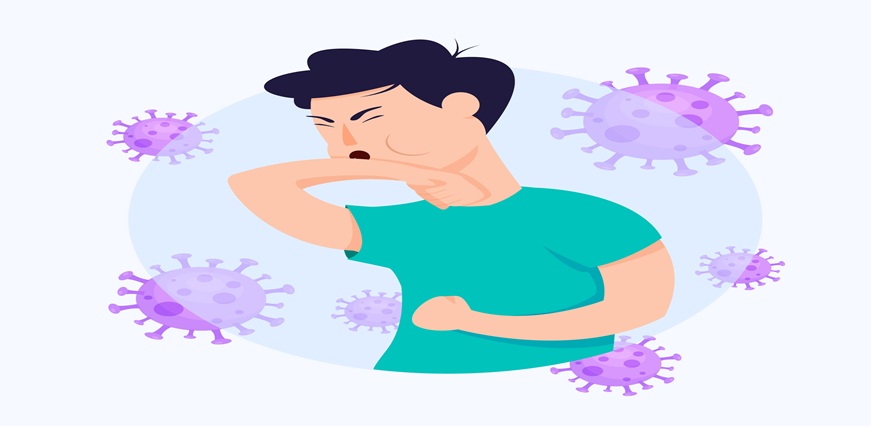The thyroid is a butterfly-shaped gland located in the neck and is wrapped around the windpipe. It is a small organ that is responsible for releasing hormones that look after the body’s metabolic functions. It is supervised by the pituitary gland, located at the centre of the skull, which controls the level of thyroid hormones in the bloodstream through a hormone called the thyroid stimulating hormone (TSH).
When working properly, the thyroid gland releases hormones such as thyroxine (T4) and triiodothyronine (T3) which maintain the body’s energy expenditure, temperature, and heart rate. In women, the thyroid gland is also responsible for maintaining their reproductive health. If this gland is unable to function properly, then the chances of a thyroid-related issue are high. The causes of thyroid diseases in females generally revolve around their age, medical history, and other co-relating issues.
What is Thyroid Disease in Women?
When there is an imbalance in the production of hormones by the thyroid gland, it is called a thyroid disease or disorder. Although such disorders affect men and women differently, the likelihood of developing a thyroid disorder may be more common in the latter. Thyroid disorders are of major two types, namely, hyperthyroidism and hypothyroidism. When there is excess production of the thyroid hormone causing the body to use up energy too quickly, it is known as hyperthyroidism. On the other hand, when there is too little production of the hormone, it is called hypothyroidism. In women, thyroid issues may lead to irregular menstrual cycles, early or late puberty, and menopausal irregularities.
What are the Symptoms of Thyroid Disease in Women?
There are a variety of signs of thyroid issues in women. These symptoms vary on the basis of whether one has too much or too little of the thyroid hormone in the body. The symptoms of hypothyroidism in females include:
- Feeling tired.
- Weight gain.
- Experiencing brain fog or forgetfulness
- Intolerance to cold temperatures
- Dry, brittle and coarse hair.
- Frequent and heavy menstrual periods.
- Having a hoarse voice.
On the other hand, the symptoms of hyperthyroidism include:
- Feelings of anxiety, irritability, and nervousness.
- Having unintentional weight loss.
- Experiencing sensitivity to heat.
- Having a rapid or irregular heartbeat
- Irregular or loss of menstrual cycle.
- Having trouble sleeping or insomnia.
- Weak muscles and tremors.
- An enlarged thyroid gland or goitre.
- Having vision problems or irritability in the eyes.
Causes of Thyroid Disease in Women
Hyperthyroidism and hypothyroidism are medical conditions that occur when the gland produces too much or too little of the thyroid hormone. These conditions may be a result of certain diseases that affect the functioning of the gland. Additionally, there are also some common factors that may make one more susceptible to thyroid disorders.
Some common causes of thyroid disorders in females are:
- A family history of thyroid disorders.
- Have a medical condition such as Type 1 diabetes, rheumatoid arthritis, or lupus.
- Medications high in iodine or an iodine deficiency.
- Are older than 60 years of age.
- Have had a thyroid issue in the past.
- When the thyroid gland is non-functional since birth.
Some specific diseases that may cause thyroid issues in women are:
- Thyroiditis: Thyroiditis is a disease which causes inflammation of the thyroid gland, lowering the production of the hormone.
- Hashimoto’s Thyroiditis: It is an inherited autoimmune disease that causes the body’s cells to attack the thyroid gland.
- Postpartum Thyroiditis: This is a disease that causes temporary thyroid issues in women after giving birth and usually resolves after a specific period.
- Grave’s Disease: Grave’s disease is a condition that causes the thyroid gland to produce excessive hormones.
- Nodules: Nodules on the thyroid gland can also lead to excessive production of hormones.
Diagnosis and Treatment of Thyroid Disorders in Women
If one starts to feel any of the symptoms, it is advisable to visit a healthcare practitioner who may prescribe certain thyroid screening tests and a full health check-up. The tests used to diagnose thyroid disorders consist of the following:
Physical Examination
A physical exam is an effective way to check for thyroid issues, where one’s healthcare professional feels the neck for any growth and enlargement of the thyroid gland.
Blood Tests
A blood test to check for thyroid disorders is one of the most common diagnostic tools used by doctors. Based on one’s symptoms and past medical history, a doctor may prescribe a specific blood test or multiple tests for a more accurate diagnosis. The thyroid stimulating hormone test, also known as the TSH test, is the first test prescribed that measures the TSH levels in the blood. Other specific tests include the thyroid function test and the thyroid antibodies test.
Imaging Tests
Imaging tests consist of a thyroid scan or an ultrasound to check for any inflammation, nodules or growths of the thyroid gland.
Thyroid disorders are a common occurrence that affects many women around the world. However, with certain lifestyle changes and medication, most disorders can be effectively managed. Regular health check-ups for timely diagnosis and treatment go a long way in preventing thyroid disorders and leading a healthy life.













 7982100200
7982100200























 To reach our help desk call 9213188888
To reach our help desk call 9213188888.png)
Comments